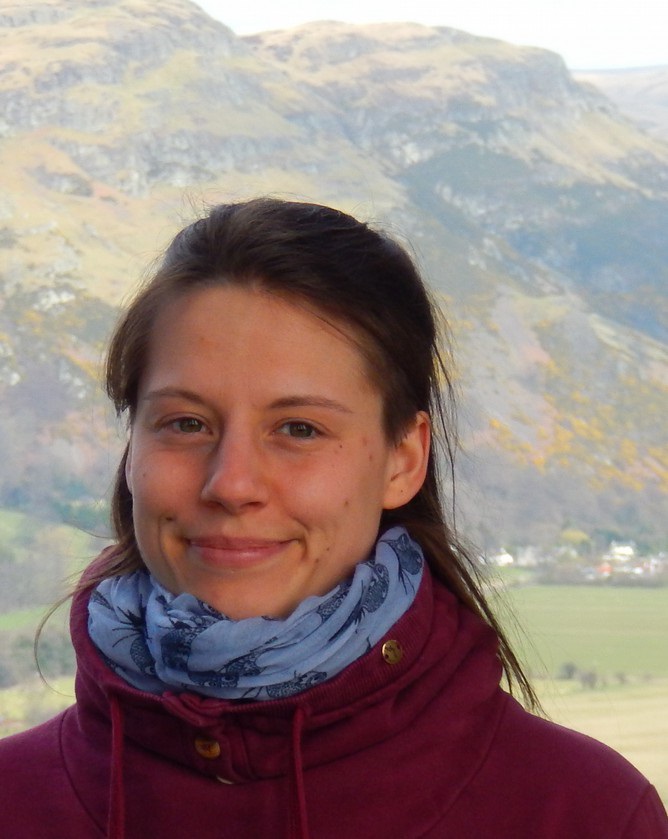
Dr. Lisa Lehnen
Applied Zoology and Nature Conservation
Soldmannstr. 14
17489 Greifswald
lisa.lehnen(at)uni-greifswald(dot)de
Research Interests
Range expansion in the lesser horseshoe bat
The focus of my research project is dispersal in an endangered Mediterranean bat species, the lesser horseshoe bat (Rhinolophus hipposideros). In climate change modelling approaches, Mediterranean bats are predicted to progress northwards and cope better than species from other biomes. However, a plethora of factors potentially impact dispersal, and inter- as well as intraspecific differences in dispersal are to be expected, which are often not accounted for in predictive models. My project aims at identifying some of these factors and elucidating their significance in climate change induced range shift in the lesser horseshoe bat. Lesser horseshoe bat colonies in central Germany are currently re-colonizing formerly inhabited areas after population size and range had drastically declined in the mid-20th century. Under these circumstances, valuable insights into the dispersal mechanism and ability of this species can be gained. Expanding colonies in central Germany are surveyed with regard to the following questions: 1) How are new colonies established? 2) Does the lesser horseshoe bat increase realized dispersal if suitable habitat is available and range expansion beneficial? 3) Which environmental factors facilitate or impede dispersal into new habitat, and how can conservation management incorporate this knowledge?
For this purpose, molecular biology and modelling approaches, as well as applied conservation are combined: bat DNA from collected droppings in selected colonies is amplified and genotyped at nine polymorphic loci in three consecutive years in collaboration with Dr. E. Petit of the INRA (Rennes, France) This approach gives insight into main population demographic parameters: survival, reproduction, and dispersal. Land cover data are used to elucidate environmental factors and landscape elements influencing realized dispersal in a landscape genetics model, and collaboration with established bat conservationists in Thuringia (www.fmthuer.de) guarantees applicability of the knowledge gained.
Publications
- Zarzoso-Lacoste, D., Jan, P.-L., Lehnen, L., Girard, T., Besnard, A.-L., Puechmaille, S.J., Petit, E.J. (2018): Combining noninvasive genetics and a new mammalian sex-linked marker provides new tools to investigate population size, structure and individual behaviour: an application to bats. Molecular Ecology Resources 18: 217-228.
